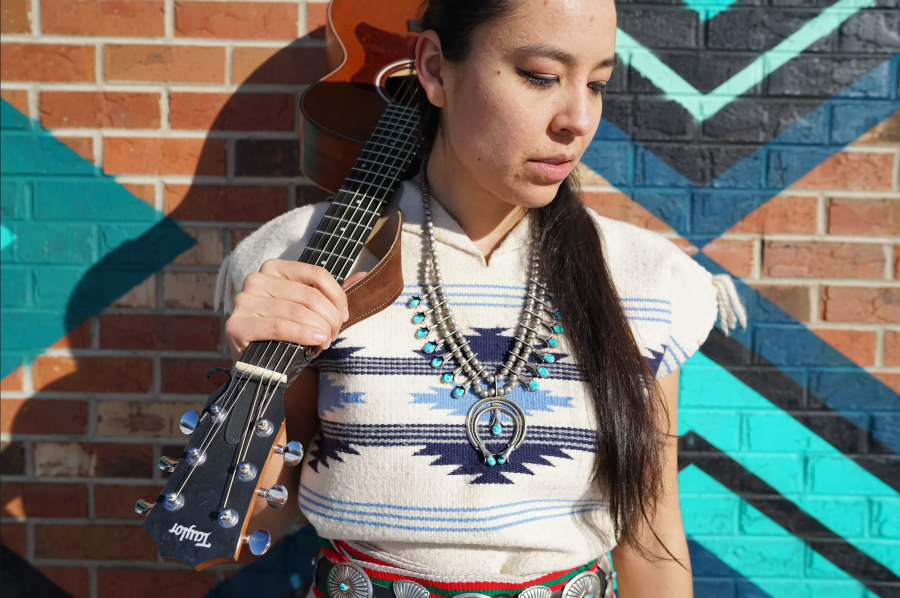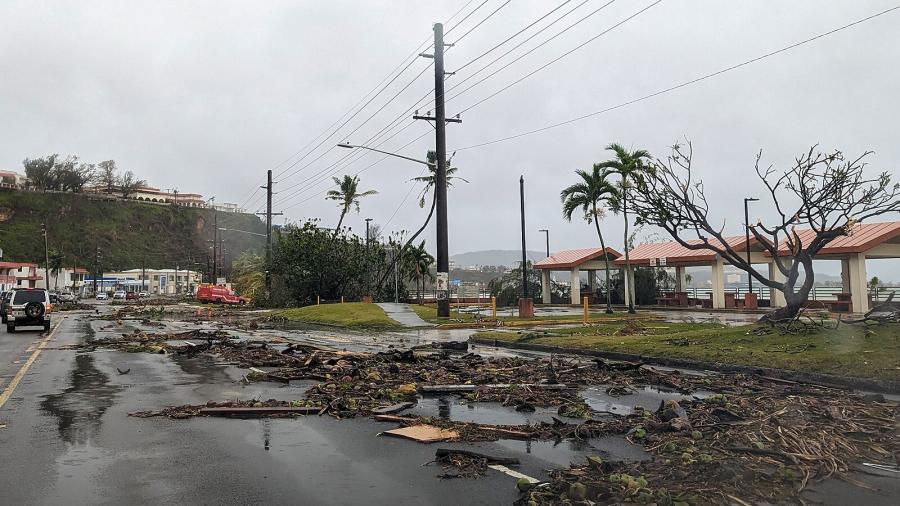In the United States, 70 of the remaining 139 Native American languages will disappear in the next five years unless immediate action is taken to teach these languages to younger tribal citizens. Cultural Survival’s Endangered Languages Program is partnering with tribes to help develop the resources they need to teach their language to their children.
The Sauk Language Department in Stroud, Oklahoma is one of our partners. Despite the loss of over 99 percent of their fluent speakers, the Sauk people have a long history of working to save their language—beginning in the early 1970s with community based language classes, and continuing with the 2004 founding of the Sauk Language Department.
The Sauk Language Department has made great strides in developing and piloting its pre-school language curriculum, and has mobilized widespread community participation in language materials production, educational gatherings such as weekly adult classes and student “language bowl” competitions.
A community-based course curriculum, a home study workbook, and a department website with short videos, Sauk audio phrases, games, and a downloadable concise Sauk dictionary have also been created. Daily meetings and recording sessions with Sauk speakers for the purposes of language acquisition, curriculum development, and expansion of an audio database are ongoing. Work on a teacher-training curriculum, a Sauk grammar workbook, and a Sauk pronunciation guide were also completed recently.
Current efforts are focused on funding an expansion of the department’s intensive Master Apprentice team which pairs the community’s handful of fluent speakers with a core team of three second-language learners. Three Sauk community members involved with the Master Apprentice project, Chakîhkwê Katie Grant, Kîyokamekwa Orvena Gregory, and Kîwêwa Mosiah Bluecloud are motivated to learn the Sauk language because they understand that the heart of every culture is its language. Language is a living, vibrant entity that holds a culture’s stories, history, and belief systems.
Chakîhkwê, which means Little Woman in Sauk, studies psychology at Oklahoma State University. She works for the Sac and Fox language department and is an apprentice learning how to speak her Indigenous language. “There are only a handful of fluent Sauk speakers left,” Chakîhkwê says. “There are many people who don’t know how to speak Sauk, and some who can understand it when they hear it, but they can’t speak Sauk conversationally. Within 50 years, the language may be entirely gone if we don’t start learning our language as adults, and then teach it to our children and young people.”
For many Indigenous people, learning a language that was rightfully theirs opens their eyes to their culture in ways they have never experienced before. “When I started learning Sauk,” Chakîhkwê says, “I began to realize who I was. I didn’t really know what I was supposed to do with my life. When I began speaking Sauk, I felt connected to my culture and felt doors opening that I didn’t think [were] there. I always struggled between doing cultural things and being a part of my culture, and running away from it. As I learned more of the language, I began talking to other Sac and Fox people and felt more accepted. By learning the language, I also feel as though I am honoring my ancestors and my great grandparents who had their language taken [from them]. Well, they stopped sending us to boarding schools. If we lose our language, they [the federal government] will finally win.”
This deep emotional bond to their language is present in many of the core group of Sauk language learners, or apprentices, who have dedicated their careers to becoming fluent speakers of the language, and to developing a communitywide language immersion school. Kîyokamekwa, who is from the Bear Clan and whose name means ‘on a path,’ was recently elected as second chief of the Sac and Fox Nation of Oklahoma. She says, “We’re having a resurgence of language revitalization. Growing up, my grandpas and my grandmas spoke their language and I heard it all the time. Once they passed away, I didn’t hear it anywhere else. We’re having a resurgence of speakers and people who want to learn the language. Our people were at a point where there wasn’t even an awareness that we were losing our language. Now, we have people speaking more Sauk words than I ever heard growing up.”
What is hard to express, is the joy at hearing their children speak the Sauk language. “I see that our young want to be Native,” Kîyokamekwa says. “They have self-identity and awareness. They have become more interested in everything that is connected to the language. I see them change and want to become who they were born to be. They want to sing their songs, give their speeches, present power points and write in our language. It’s unreal to see how far our language has come. One of the great things that we have now [is] a new orthography that is teachable to young people.”
One of the Master Apprentice project’s achievements is implementing a team-based Master Apprentice learning program that has enabled significant acceleration of the pace of learning and fluency levels for second-language acquisition (SLA) teachers. This will lead to apprentices offering Sauk language instruction in local high schools, and to the department’s long-term goal of developing a tribally controlled Sauk immersion school to train new generations of fluent speakers.
Of the myriad connections Indigenous Peoples the world over share, the loss of language is perhaps the most poignantly sad for first-language speakers. Yet, it is also this connection that brings them together to help one another. Kîwêwa Mosiah Blue Cloud is not Sauk, yet he is committed to Sauk language apprenticeship. Blue Cloud says, “The Sauk people, and the Mesquakis, all the Algonquin people, central Algonquians, have always been very close. I’m just trying to be the change that I want to see in the world, which for me, is to try to bring things back to the way they used to be. I believe that if it were 200 years ago, I would still be working [with] Mesquakis or Sauk people, helping them out. If our Indigenous languages were to cease to exist, so would our culture. We would just become like everybody else. We’d lose our cultural identity. It’s sad when somebody knows that they belong to something but they don’t know how to get connected to it.”
Today, only five conversationally fluent Sauk speakers, all over the age of 70, survive. The Sauk language is in imminentdanger of extinction unless the language is transmitted across the wide gap between the eldest and youngest generations in the community. This can only be accomplished through an intensive Master Apprentice grassroots effort within the Sauk community that prepares second language learners as immersion teachers and language mentors to open a community-wide Sauk language immersion preschool. Three Sauk Language Department staff members have been funded for the past two years to serve as language apprentices to Sauk speakers for a minimum of 20 hours per week. By the end of the three-year project period, two apprentices will be capable of maintaining a Sauk immersion classroom environment, while one additional apprentice will be capable of serving as a “master” for new second language learners. This goal, though daunting, is not unattainable. Chakîhkwê, Kîyokamekwa, and Kîwêwa know this. They also know that their children are the future.
Chakîhkwê says, “When the children start saying their colors or their animals in Sauk, it makes me realize that this is all worth it. Everything that I’m struggling through right now with language, all the hard days that I have, it’s worth it because I know in the future, our children won’t have to struggle like I did.”
To learn more about the Sauk language and watch a video about the project, visit: www.cs.org/elp/sauk



